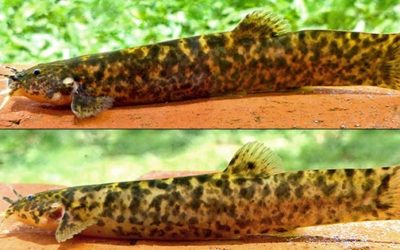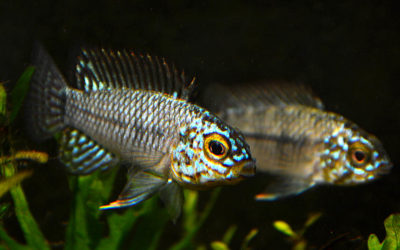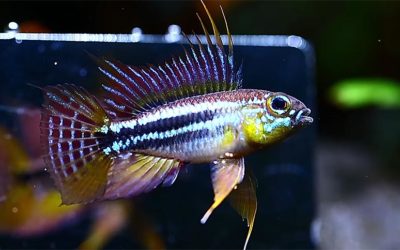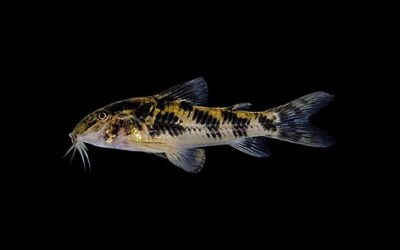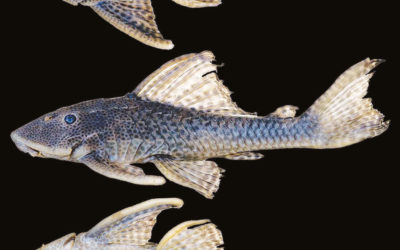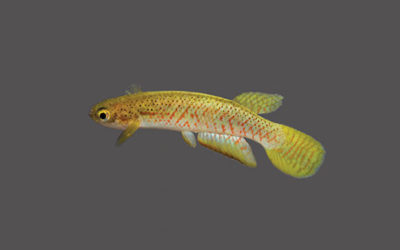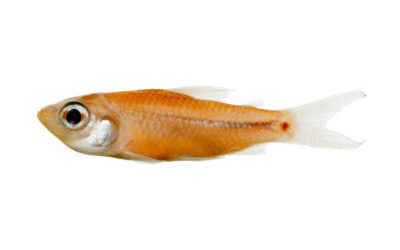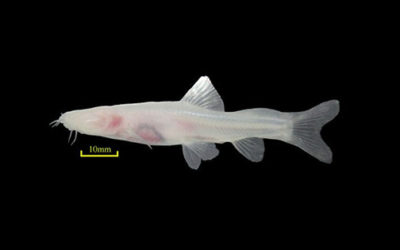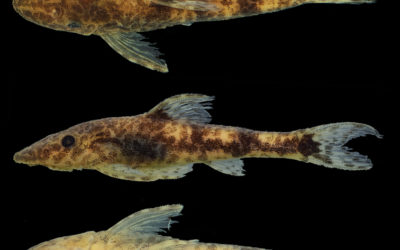The small, yellow- and brown-marbled, new species of catfish hails from a waterfall-laced section of the Tabay Stream in Argentina.
AMAZONAS – Matt Pedersen Articles
Friday Photospread: Apistogramma Mystery, Solved?
It was high time I finally gave Apistogramma some attention in a personal aquarium. But these aren’t like any Apistogramma agassizii I’d seen before…
VIDEO: Frontosa in a Planted Tank?
Recently, my 6-year-old son Ethan happened to look at my laptop and was immediately drawn to a photo of a Mpimbwe Blue Frontosa on the screen. It apparently reminded him of a Pokémon card character, Barboach…
VIDEO: Apistogramma bitaeniata “Mamuri”
When you give a well-kept male Apistogramma a mirror prepare to be wowed.
Two New Fish Species for Catfish Lovers
Whether you’re a fan of Loricarids or Callichthyids, March 30th, 2017 was a good day; scientists described two new species that are sure to get your heart racing.
New Fish Species Only YOU Could Love #4: Hypostomus, Cobitis, Eigenmannia
Recently-described species of tropical freshwater fishes that only the most worthy fish geek could appreciate. Yes, that means you. In this installment: Hypostomus formosae, Cobitis nalbanti, and Eigenmannia correntes
Three New Melanorivulus Killifish From Brazil
Melanorivulus regularis, M. flavipinnis, and M. ignescens are added to Brazil’s ever-growing list of Killifish species.
New Fish Species Only YOU Could Love #3: Curimatopsis, Trichomycterus, Corydoras
Recently-described species of tropical freshwater fishes that only the most worthy fish geek could appreciate. Yes, that means you. In this installment: Curimatopsis maculosa, Trichomycterus giarettai, and Corydoras costai
New Fish Species Only YOU Could Love #2: Leptobotia, Tetragonopterus, Oreonectes
Recently-described species of tropical freshwater fishes that only the most worthy fish geek could appreciate. Yes, that means you.
New Fish Species Only YOU Could Love #1: Parotocinclus, Garra, Phallobrycon
Recently-described species of tropical freshwater fishes that only the most worthy fish geek could appreciate. Yes, that means you.

